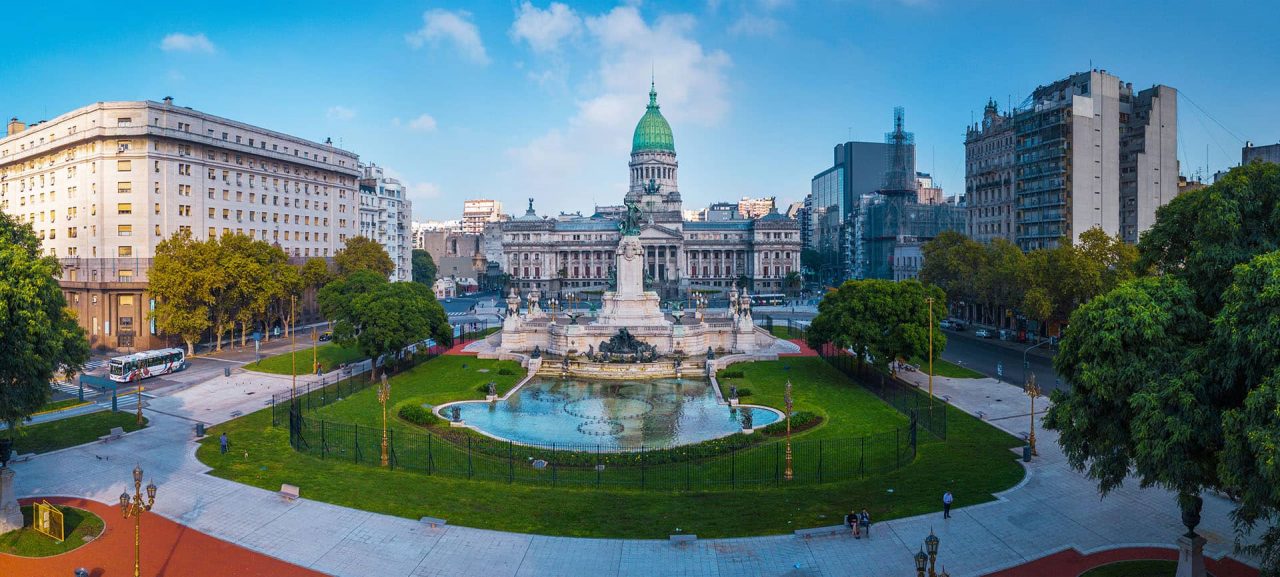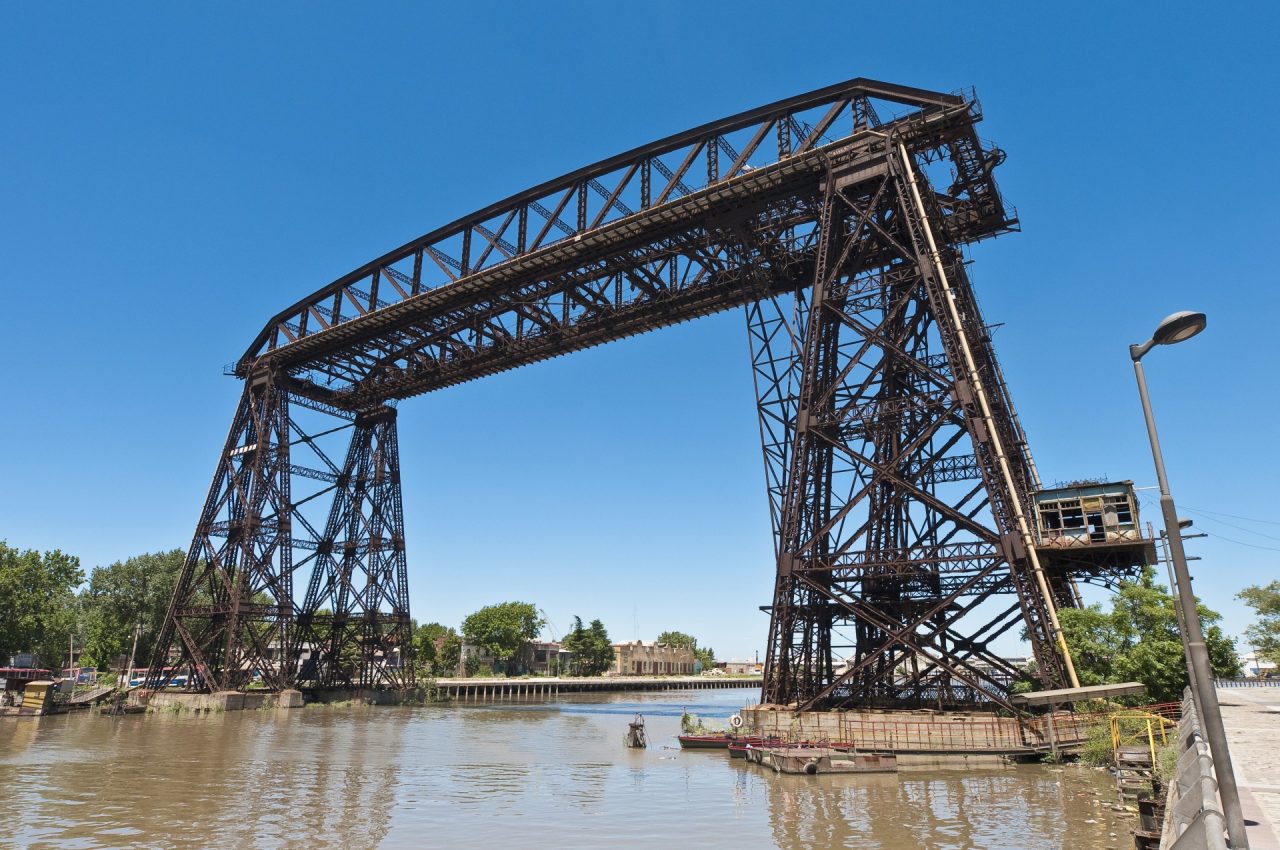Argentina is launching new infrastructure investments to offset economic damage from the coronavirus emergency, said the Economy Minister Martin Guzman, outlining the government’s plans to invest 100 billion pesos (US$ 1.58 billion) on repairs and to build new public works.
“We are here to take decisive action to ensure that economic activity will function,” he said at a press conference.
The government’s decision to increase public spending on infrastructure stems from the need to support Argentina’s fragile economy, which was hit by Covid-19 just as it was exiting a two-year recession. It comes ahead of a key event on May 22, the deadline for bondholders to consider a $65 billion debt restructuring. Failure to find an agreement would lead to default.
Argentina is the latest government to choose to invest in infrastructure to stimulate an economy ravaged by the coronavirus, following a path taken by the United States, the United Kingdom and China.

Argentina’s infrastructure: a huge gap
The government’s new plan alone is not enough to close the country’s deep infrastructure gap.
According to the Global Infrastructure Outlook (the G20’s infrastructure analysis centre), Argentina’s planned infrastructure investments by 2040 amount to $452 billion, against investment needed of $810 billion. In essence, Argentina’s infrastructure gap for the next twenty years amounts to $358 billion. In detail, rail transport would need $15 billion more than planned, and an additional $1.3 billion would be needed to bridge the water gap. The biggest gap is in road infrastructure, where another $302 billion would be needed in addition to the $196 billion that the country has already planned to invest by 2040.
The need for new infrastructure investment also emerges when looking at the figures for the last five years, during which public funding for infrastructure has reached $45 billion (an average of just under $10 billion per year), but private investment has remained very low at $52 million.
The big projects underway
The infrastructure sector is almost exclusively supported by public funding. Major projects of national interest are financed largely by the federal government, in some cases by the World Bank, and in small numbers through public-private partnerships.
For example, the World Bank has financed the construction of a water purification and management plant for the Riachuelo River, realized by Webuild (Salini Impregilo), which passes through Buenos Aires and is one of the most polluted rivers in the world. Now underway, this project calls for a wastewater management system of tunnels and canals connecting millions of homes to a new sewage system. The impact of the work, partly carried out carried by WeBuild (Salini Impregilo), is significant for the entire city because 23% of Buenos Aires’ population lives near the river basin.
Another strategic work – this one already up and running — is the Rosario-Victoria bridge, which connects the cities of Rosario and Victoria in Argentina’s northeast. This majestic work consists of a main bridge 608 metres (1,994 feet) long and 12 smaller bridges, which flies over the Paranà River. Its strategic importance comes from the fact it brings together four countries (Brazil, Chile, Uruguay and Argentina) by means of a motorway link, promoting trade in people and goods.
Looking instead at the projects underway in recent months, the two most significant in terms of investment are the Belgrano Freight Railway Rehabilitation and the PPP Highways.
The first, worth $3 billion, provides for the renewal of 1,700 kilometres (1,056 miles) of railway lines, 900 kilometers (559 miles) of which have already been completed. The work is important for modernising the freight transport network between important cities such as Tucumán, Chaco, Santiago del Estero and Santa Fe.
The second project (PPP Highways) involves the maintenance of 2,500 kilometres (1,553 miles) of state roads, 813 kilometres (505 miles) of which are to be converted into motorways. It is the country’s biggest project, worth $8 billion, and involves the private investors in the overall financing of the work.

The country's response to Covid-19
The coronavirus arrived in Argentina with a considerable delay compared to North America and Europe, a bit like the whole of South America. In mid-March, while the pandemic was raging around the world, the country had just 65 cases and two deaths. Nonetheless, the government has moved swiftly to close the borders and approve to inaugurate measures of isolation and social distancing. This decisive action helped avert the sort of explosion that happened in other countries. And in early May — after 40 days of quarantine — the number of cases was still under 5,000 with 214 victims, according to Worldometer. This success in containing the spread of the virus, however, was obtained at the price of an economic setback in a country with a fragile economy and with a very high public debt.
The government has put emergency economic measures in place to deal with the impact of the health crisis on work and production. In addition to the infrastructure spending, these include a tax cut, increased guarantees for workers, and the distribution of food parcels for the poorest sections of society.
For businesses, the government has launched a $5.55 billion in guaranteed loans for the food and logistics sector.
Despite this immediate response, the crisis has worsened in recent weeks, requiring the government and international financial institutions to develop effective and innovative strategies for the country’s future.

